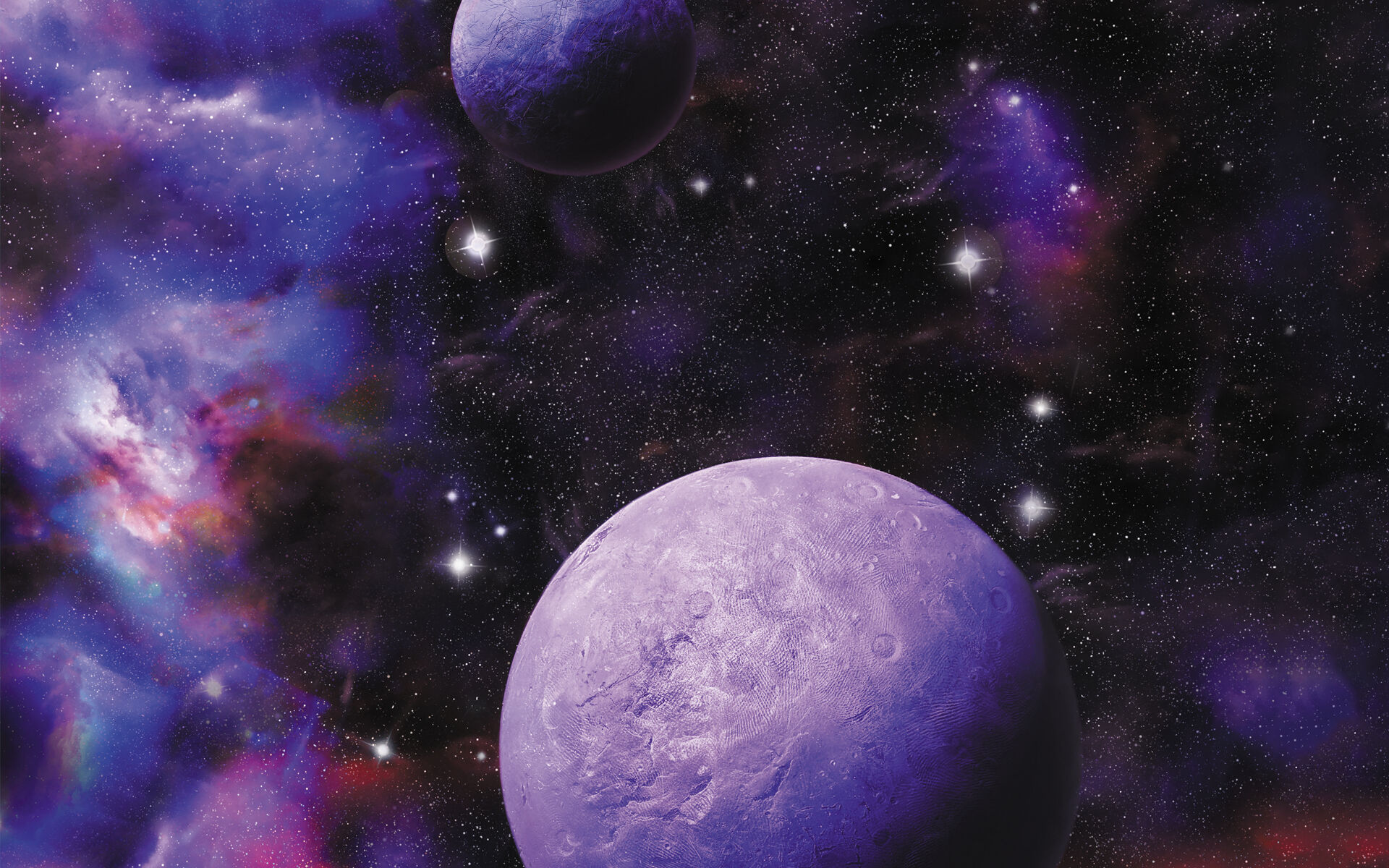Science Square (Issue 147)

In This Article
-
Rewinding the clock of human skin cells
-
Microplastics found in human blood
-
5,000 exoplanets uncovered and counting
Rewinding the clock of human skin cells
Gill et al. Multi-omic rejuvenation of human cells by maturation phase transient reprogramming. eLife, April 2022.
The cells in our bodies perform their functions slower and begin to dysfunction as we get older. When skin cells age, they produce less collagen which leads to wrinkles form and cuts are slower to heal. Scientists have recently discovered a secret to younger skin. A new technique developed for rejuvenating skin cells can rewind the biological clock of patients by almost 30 years. This new approach utilized the revolutionary scientific method used to generate stem cells, originally developed by a Nobel laurate scientist named Yamanaka in 2007. Yamanaka’s molecular approach essentially erases cellular identity to convert any cell in the body to a stem cell. For this study, researchers used the Yamanaka’s molecular approach for a shorter period to make human skin cells younger without erasing the identity of skin cells. Yamanaka’s process of stem cell reprogramming takes around 50 days by activating 4 transcription factors in somatic cells. In this study, scientists followed the same protocol but only for 13 days. The scientists have chosen a common type of skin cell called fibroblasts. They collected fibroblasts from three old donors (average age of 50), applied their molecular reprogramming paradigm and investigated their age-related biological changes. Strikingly, the rejuvenated 50-years-old skin cells looked chemically and genetically as 20-years-old skin cells that are collected from younger donors. Moreover, when they tested the function of rejuvenated fibroblasts in wound healing assay, they observed that the rejuvenated cells behaved the similar to younger cells, as they moved fast and filled the gap in healing wounds. This work holds great potential for regenerative medicine and could be used to repair damaged cells and tissues in many different diseases. The long-term aim of regenerative medicine is to extend the human health span, rather than the lifespan. Very first potential application of this approach could be to rejuvenate skin in older people in parts of the body where they have been cut or burned.

Microplastics found in human blood
Leslie et al. Discovery and quantification of plastic particle pollution in human blood. Environment International, May 2022.
Vast amounts of plastic waste are disposed into environment each year. It is estimated that 188 million tons of plastic was dumped in 2016 and this number will double over the next 20 years to become 380 million tons in 2040. Smaller plastic fragments that can never fully break down are called microplastics. They have been found in oceans, forests, drinking water and even feces of babies and adults. Now, scientists have found them in human blood. The new study looked at the blood samples of 22 people and found that 17 of them (77%) had microplastics in their blood. The participants had an average of 1.6 micrograms of plastic polymers in every milliliter of blood. That plastic concentration is equivalent to a teaspoon of plastic in 10 large bathtubs of water. In the light of these numbers, scientists estimate that average person eats approximately 5 grams of microplastic every week, which corresponds to the amount in a credit card. Polyethylene terephthalate (PET), used in water bottles and other food and beverage containers, was the most common type of plastic found in human blood. Polystyrene, used in packaging like Styrofoam, was the second most common type of plastic. While finding plastic in our blood is frightening, it is not actually that surprising. We eat, drink, and even breathe microplastics every day. It is still unclear what that means for our health. Studies on common chemicals in plastics have linked them to increased risk of cancer, fertility, and developmental problems. However, most of these studies has focused on single molecules or additives like BPA, rather than the plastic polymers. More research is needed to tell us what health complications could occur through these daily plastic exposures.

5,000 exoplanets uncovered and counting
Cosmic Milestone: NASA Confirms 5,000 Exoplanets. NASA's Exoplanet Exploration Program, March 2022. https://exoplanets.nasa.gov
The universe is full of many other worlds, orbiting their own suns. For almost 4 centuries now astronomers have been looking through telescopes at distant stars and dreaming about the planets hiding behind. In January 1992, astronomers at NASA discovered two objects that changed our understanding of space completely. They discovered two exoplanets, also known as extrasolar planets, which were whirling a star 2,300 light-years away. After 30 years of exploration, now NASA has confirmed the existence of 5,005 exoplanets; over 8,700 still stay as candidates as of March 21st, 2022. Among the 5,005 exoplanets, 4,900 are located within a several thousand light-years away from us. The farthest exoplanet discovered so far is 27,727 light years away while the closest is only 4 light years away. Exoplanets come in different sizes and content. Some are smaller than Mercury, others are more than double the size of Jupiter. Some are freezing-cold, others are boiling hot. Some are rocky with surface and others are completely gaseous. Astronomers can now confidently say that our Milky Way galaxy have likely more planets than stars. They have also found some rocky exoplanets about the size of Earth, that reside in the potentially habitable zones and that has the right conditions for liquid water. But no one has yet discovered evidence of life in another planet’s atmosphere yet. So far, Earth is a quite rare planet with the right conditions for human life. However, one should remember that living organisms can adapt to variety of life conditions that are regarded as very harsh such as temperature, radiation, and acidity. It is still possible that life might have started on other worlds and adapted to quite different conditions. With the recently launched James Webb Space Telescope, astronomers expect not only to discover more exoplanets but also inform us more about them. According to NASA, there are likely as 100 to 200 billion exoplanets left to discover in our Milky Way galaxy.









